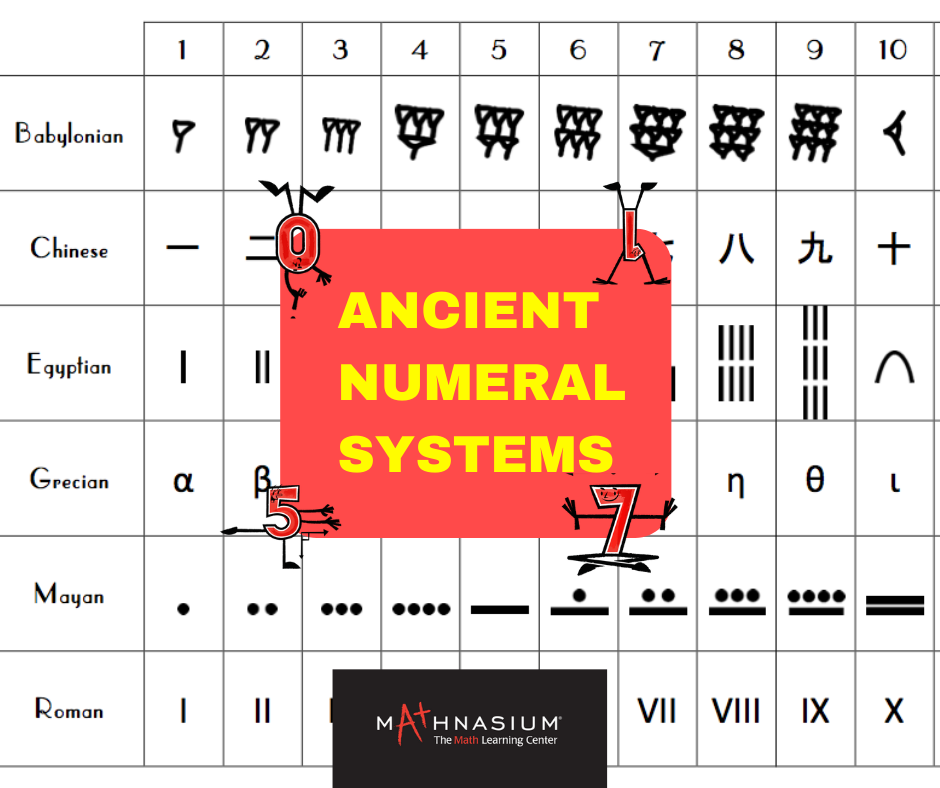Numbers are an integral part of human civilization, serving as a universal language for communication and measurement. However, the way we represent and understand numbers has evolved significantly over time, with various cultures and historical periods giving rise to unique number systems. From the well-known Roman numerals to the intriguing Mayan numbers, these systems offer a fascinating glimpse into the diverse ways humans have approached numerical concepts.
Roman Numerals: An Ancient Notation System
One of the most recognizable number systems is the Roman numeral system, which originated in ancient Rome and was widely used throughout the Roman Empire. Instead of the familiar Arabic numerals, the Romans employed a set of letters to represent numbers. The system consisted of seven basic symbols: I, V, X, L, C, D, and M, which stood for 1, 5, 10, 50, 100, 500, and 1000, respectively. The Roman numeral system was versatile, employed for numbering years, indicating order, and in various mathematical calculations. Despite its complexity and limitations in arithmetic operations, Roman numerals continue to hold cultural and historical significance, often seen in clock faces, book chapters, and the names of monarchs.
Mayan Numbers: A Hieroglyphic Numeral System
The ancient Mayans, known for their advanced astronomical and mathematical achievements, developed a unique numeral system that combined both positional and additive elements. The Mayan numeral system was based on the vigesimal system, meaning it was based on the number 20. The system incorporated both symbols and positional notation, with dots and bars representing units and multiples of 20. One dot signified one unit, while a bar represented five units. The combination of dots and bars allowed the Mayans to express large numbers efficiently. This system was used in various aspects of Mayan life, such as calendrical calculations, architecture, and trade records. The sophistication of the Mayan number system is evident in their ability to perform complex calculations, making it a testament to their advanced mathematical knowledge.
Other Notable Number Systems
Beyond Roman and Mayan systems, a myriad of other cultures and historical periods developed their own unique ways of representing numbers:
Babylonian Cuneiform Numerals: The ancient Babylonians utilized a sexagesimal system, based on the number 60, which influenced the division of time and angles. Their system utilized a combination of symbols to represent different powers of 60.
Chinese Numerals: The Chinese number system, still used in various contexts, employs a system that is easier for mental calculations due to its regularity. It uses characters to represent numbers, with specific characters for powers of 10.
Egyptian Hieratic Numerals: The ancient Egyptians used a system of hieratic numerals, which were simplified versions of their hieroglyphic symbols. This system facilitated calculations related to construction, agriculture, and trade.
Greek Attic Numerals: The ancient Greeks used a numeral system that was derived from the Phoenician system. It lacked a true symbol for zero and had symbols for 1 to 9 and multiples of 10.
The diversity of number systems used across various cultures and historical periods reflects humanity's ingenuity and adaptability in solving numerical challenges. Each system had its strengths and limitations, shaping the way societies measured, counted, and communicated. Exploring these systems offers a deeper understanding of the evolution of mathematics and its crucial role in shaping human history. From the elegance of the Mayan system to the enduring legacy of Roman numerals, these ancient numerical languages continue to inspire and captivate us today.











